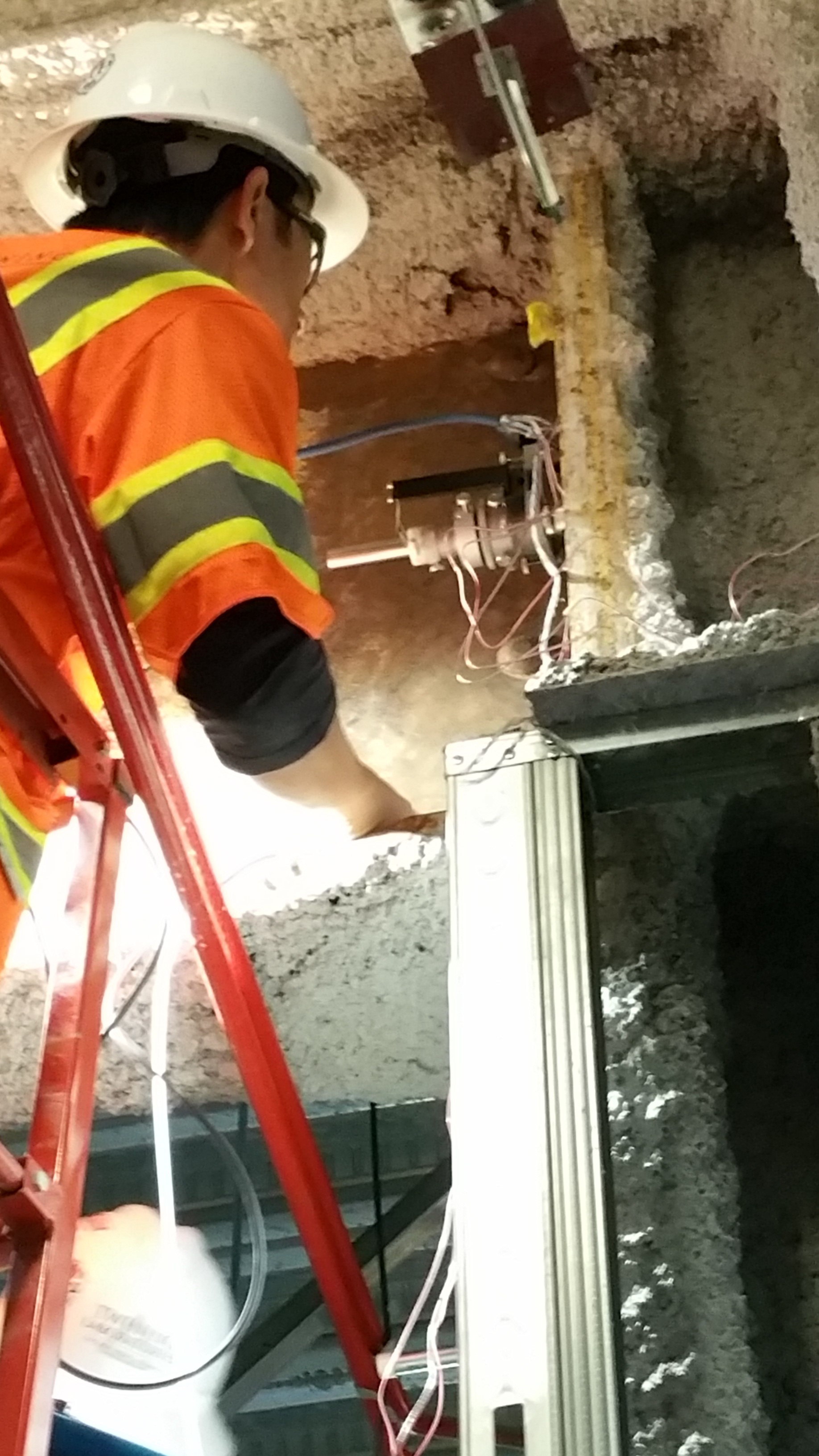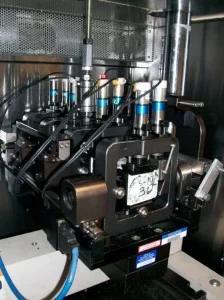Residual Stress Testing by Twining Engineers



Arc welding is an intensive process and the thermal regime suffered by welded members is quite extreme. The melting and solidification of members connected by arc welding tends to lead to significant distortion of those members. This can be problematic for the assembly with deviations from planned angles and dimensions.
Sometimes the ability of the welded members to “move” under the influence of the heat input, melting, and solidification is restrained by the geometry of the members or by other connected members. When this happens, stresses are developed in the welded members. Such stresses are referred to as “residual stresses.” These stresses intensity can be quite significant, up to and even in excess of the tensile capacity of the material. If the stress is near the tensile capacity, any additional stress (external loads applied, seismic or wind loads, etc.) may rupture the member. If the stresses exceed the tensile capacity of the material, they alone may cause rupture.
Recently, Twining, Inc. was involved in a project where it was necessary to determine the residual stresses in some welded members. The American Society of Testing and Materials (ASTM) has a standard for such determination, ASTM E837, “Standard Test Method for Determining Residual Stresses by the Hole-Drilling Strain-Gage Method.”
This method involves using strain gauges (typically, three) affixed to the member in a pattern such that strain in any direction can be measured. Then, a very small hole is drilled into the member in the center of the strain gauge pattern. As the hole is drilled, stress is relieved and the strain gauges record this relief. The hole is drilled in steps and, at each step, the strain gauges record and send to a data acquisition system the degree of strain caused by the stress relief. The milling cutter used in this case had a diameter of 1.8 mm (0.075”) and the final depth of drilling was 0.04”, reached in 20 steps of 0.002”.
Following the drilling and data collection, a software suite utilizes the gathered strain data to provide residual stress measurements at the drilled depths. These measurements can be used to calculate the direction and magnitude of the principal stress at the measured location and determine the residual stress caused by the combination of the thermal regime to which the member was subjected by the arc welding process and the restraint conditions imposed by the geometry of the member and by members connected to the welded assembly.
Robert M. Ryan has been affiliated with Twining Laboratories and its associated companies since 1977. He brings vast knowledge in all areas of field inspection, and is a leading expert on all aspects of structural steel construction and non-destructive testing. His experience includes oversight of special inspection for some of Southern California’s landmark projects. Mr. Ryan provides consultation on welding and non-destructive procedures, including specification preparation and review, and on complex problems related to welding such as cracking, unusual joint configurations, etc.



